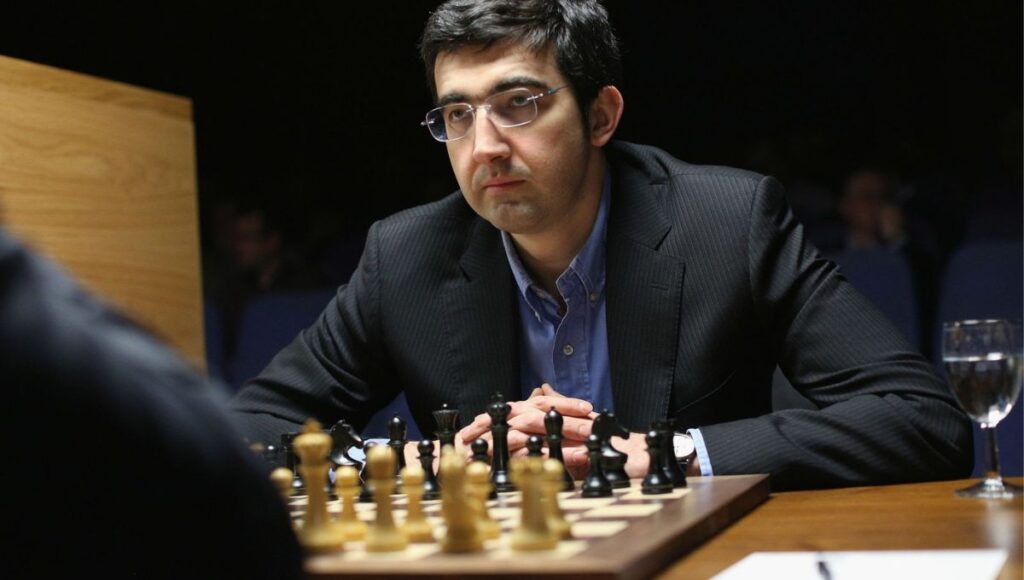Chess has witnessed the evolution of various playing styles throughout its history. On the surface, there are two styles of chess, tactical and positional but in terms of approach there are many other styles like classical and hyper modern.
While classical chess emphasizes control of the center, positional advantages, and gradual piece development, hypermodern chess challenges these orthodox principles with fresh perspectives and innovative strategies.
In this article, we will delve into the distinctions between these two styles and explore how hypermodern chess has revolutionized the game.
What is Classical Chess?
Basically classical chess means games that are played with long time controls but in terms of approach compared to hyper modern chess it means adhering to certain fundamental principles that have stood the test of time.
The objective in classical chess is to dominate the center of the board using pawns, then establishing a solid foundation for further expansion.
Positional advantages, such as piece mobility, pawn structure, and control of key squares, are prioritized over immediate tactical gains in this style of chess.
The classical approach discourages early queen deployment because it’s bad anyway and can be stopped easily, focusing instead on minor pieces development and safeguarding the king early through castling.
Attack is launched when the timing is favorable, often with a tempo advantage gained through careful planning and harmonious piece coordination.
What is Hypermodern Chess?
Hypermodern chess is a style of chess that emerged in the early 20th century as a reaction to the classical chess principles established by the old masters. It was pioneered by players like Aron Nimzowitsch and Richard Reti, who advocated a more flexible approach to the game.
This style of play challenges the conventional wisdom of classical play.
Hypermodern chess deviates from the strict adherence to centralization, offering alternative ways to control the center and achieve dynamic play.
Vladimir Kramnik’s fianchettoed bishops, for example, became a hallmark of hypermodernism, providing extended control over the central squares from a distance.

The hypermodern approach encourages players to be flexible in their strategies, inviting opponents to occupy the center and then launch counterattacks from the flanks.
A Clash of Perspectives: Classical vs. Hypermodern Chess
The disparities between classical and hypermodern chess lie in their divergent philosophies.
Classical chess favors a cautious, methodical style that gradually builds up the attack. But on the other hand, hypermodern chess challenges these established notions, advocating for a more flexible and dynamic play.
It explores unconventional ideas, utilizing fianchettoed bishops, delayed central control, and unexpected counterattacks to disrupt the opponent’s plans.
Which is better: Classical or Hyper modern Chess?
Both Classical and Hypermodern approaches are effective in chess. They both have their strengths and top players are using both these approaches to win games.
As long as you are well prepared in your openings and know the kind of middle games that can emerge out of that opening, you can play both classical and hyper modern openings.
Explore both the styles in online chess and determine which approach suits you the best.
Impact and Legacy of Hypermodern Chess
The emergence of hypermodern chess revitalized the game by introducing innovative strategies and pushing the boundaries of traditional thinking.
The hypermodern approach challenged players to question their assumptions and explore uncharted territories on the chessboard.
It offered a plethora of fresh ideas and possibilities, enabling players to adopt more adaptable styles while potentially sacrificing some creativity.
In top-level chess, regardless of whether one opts for a classical or hypermodern opening, a strong memory and proficiency in engine preparation have become crucial factors.
To excel, players must possess a solid foundation in fundamental chess principles and the ability to leverage computer assistance to gain an edge over their opponents.
Hypermodern chess continues to shape contemporary play, where emphasis is placed on finding the best moves and understanding the underlying concepts.
Relying solely on visual board calculation is seen as a disadvantage in modern chess.
Conclusion:
Classical and hypermodern chess represent distinct philosophies that have shaped the evolution of the game.
While classical chess adheres to traditional principles of centralization and gradual development, hypermodern chess challenges these notions with flexible strategies and a focus on unconventional moves.
The clash between these two styles has enriched the game, offering players a spectrum of choices and approaches.
Whether one chooses to embrace the classical path or explore the horizons of hypermodernism, chess remains a game of infinite possibilities and boundless intellectual challenge.
But one thing is for sure, to excel at the top level you need to be the master of everything.
